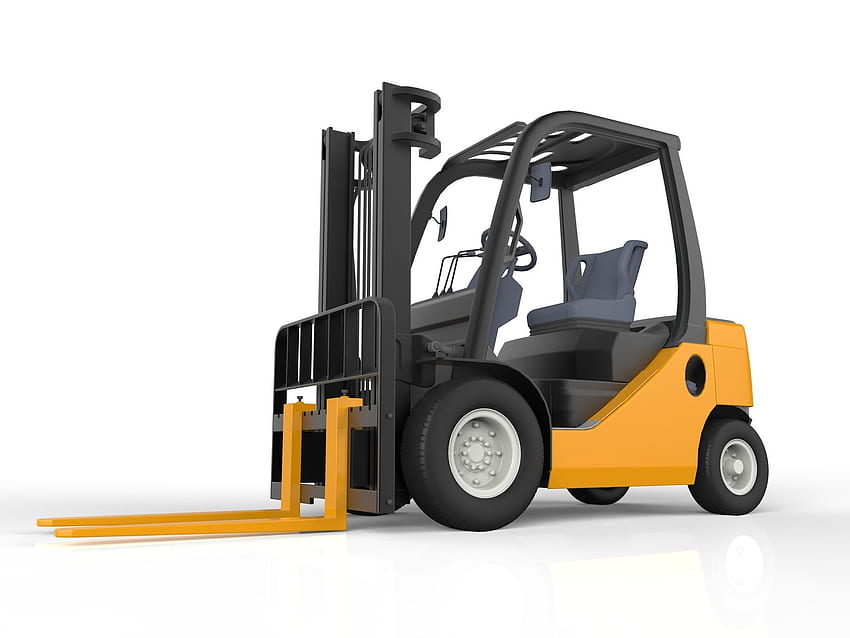Keeping Your Toyota Forklift in Peak Condition: Essential Service and Repair Tips
Keeping Your Toyota Forklift in Peak Condition: Essential Service and Repair Tips
Blog Article

Maintaining a Toyota forklift in peak condition is crucial for ensuring optimal performance and prolonging its lifespan. Whether you rely on it for daily operations or occasional tasks, regular service and timely repairs can save you from unexpected downtime and costly replacements. Understanding the unique needs of your Toyota forklift is the first step towards keeping it running smoothly and efficiently.
In this article, we will explore essential service and repair tips specifically tailored for Toyota forklifts. From routine maintenance checks to troubleshooting common issues, you will gain insights that will empower you to take charge of your forklift's health. By adhering to these guidelines, you can ensure that your equipment remains reliable and performs at its best, ultimately supporting your business's productivity.
Routine Maintenance Practices
Regular maintenance is crucial for keeping your Toyota forklift operating at its best. Start with daily checks to ensure all fluid levels, including oil, hydraulic fluids, and coolant, are within the recommended range. Inspect the tires for proper inflation and any signs of wear or damage. A quick visual inspection can often prevent larger issues down the road, ensuring the forklift remains safe and efficient.
Every week, take time to clean the forklift. Remove any debris and dirt from the body and undercarriage, which can lead to corrosion over time. Pay special attention to the forks and make sure they are free from any material buildup. Cleaning not only extends the life of the forklift but also improves its visibility and overall performance during operation.
Additionally, a monthly service routine should include a more thorough inspection of critical components like brakes, steering mechanisms, and electrical systems. Check for any loose or worn parts that might require tightening or replacement. Keeping a detailed service log can help track maintenance and repair history, making it easier to identify trends and potential issues before they escalate.
Common Repair Issues
One frequent issue Toyota forklift operators encounter is hydraulic system failure. This can manifest through leaks, reduced lifting capacity, or sluggish operation. The hydraulic fluid may need to be replaced, and damaged hoses or seals must be inspected and repaired. Regular checks of the hydraulic components can prevent more severe problems and ensure the forklift operates smoothly.
Another common repair issue is the wear and tear of the forks and mast. Over time, the forks can become bent or cracked from heavy usage or improper handling. Regular visual inspections can help catch these issues early, allowing for timely repairs or replacements. Keeping the forks in good condition is essential for maintaining safety standards and ensuring optimal performance during lifting tasks.
Electrical system malfunctions also occur frequently with Toyota forklifts. Symptoms can include erratic behavior of the lights or warning indicators, failure to start, or issues with the control systems. Thorough inspections of the wiring, battery, and electrical components can uncover underlying problems. Addressing electrical issues promptly is crucial as they can lead to more complicated repairs if left unattended.
Safety Checks and Compliance
Regular safety checks are essential for maintaining the reliability and performance of your Toyota forklift. Begin with inspecting all safety features, such as horns, lights, and seat belts. Ensure that the operator's manual is accessible and that all operators are trained on safety protocols and emergency procedures. By adhering to these practices, you can significantly decrease the risk of accidents and ensure a safe working environment.
Compliance with local regulations and safety standards is crucial for your forklift's operation. Regularly review and understand the specific requirements in your area pertaining to forklift use. Keep documentation up to date and maintain a record of inspections and maintenance services. Being proactive with compliance helps safeguard your business from potential fines or legal issues.
Additionally, performing routine checks on the forklift's moving parts and safety systems is vital. Inspect brakes, steering, and lift controls to ensure they function correctly. Any signs of wear or damage should be addressed immediately, as neglect can lead to more severe problems. Prioritizing these checks not only increases the lifespan of your Toyota forklift but also promotes a culture of safety and awareness among your workforce.
Professional Service Recommendations
When it comes to maintaining your Toyota forklift, seeking professional service is paramount. Certified technicians possess the expertise and specialized knowledge to diagnose and resolve issues that may arise. They are trained in Toyota's specific machinery, ensuring that any repairs or maintenance performed adhere to the manufacturer's standards. Regular check-ups by professionals can help identify potential problems before they escalate, ultimately saving you time and money.
Additionally, using genuine Toyota parts during service and repairs is crucial for optimal performance. Authentic parts are designed to match the specifications of your forklift, reducing the risk of malfunctions caused by substandard components. When you rely on professional service technicians, you can rest assured that they will use the correct parts that not only fit perfectly but also extend the lifespan of your equipment.
Start Now
Finally, consider establishing a routine service agreement with a certified Toyota forklift service provider. Regular maintenance checks tailored to your specific operating conditions can enhance reliability and performance. This proactive approach not only keeps your forklift in peak condition but also minimizes unexpected downtime, allowing your operations to run smoothly and efficiently.
Report this page